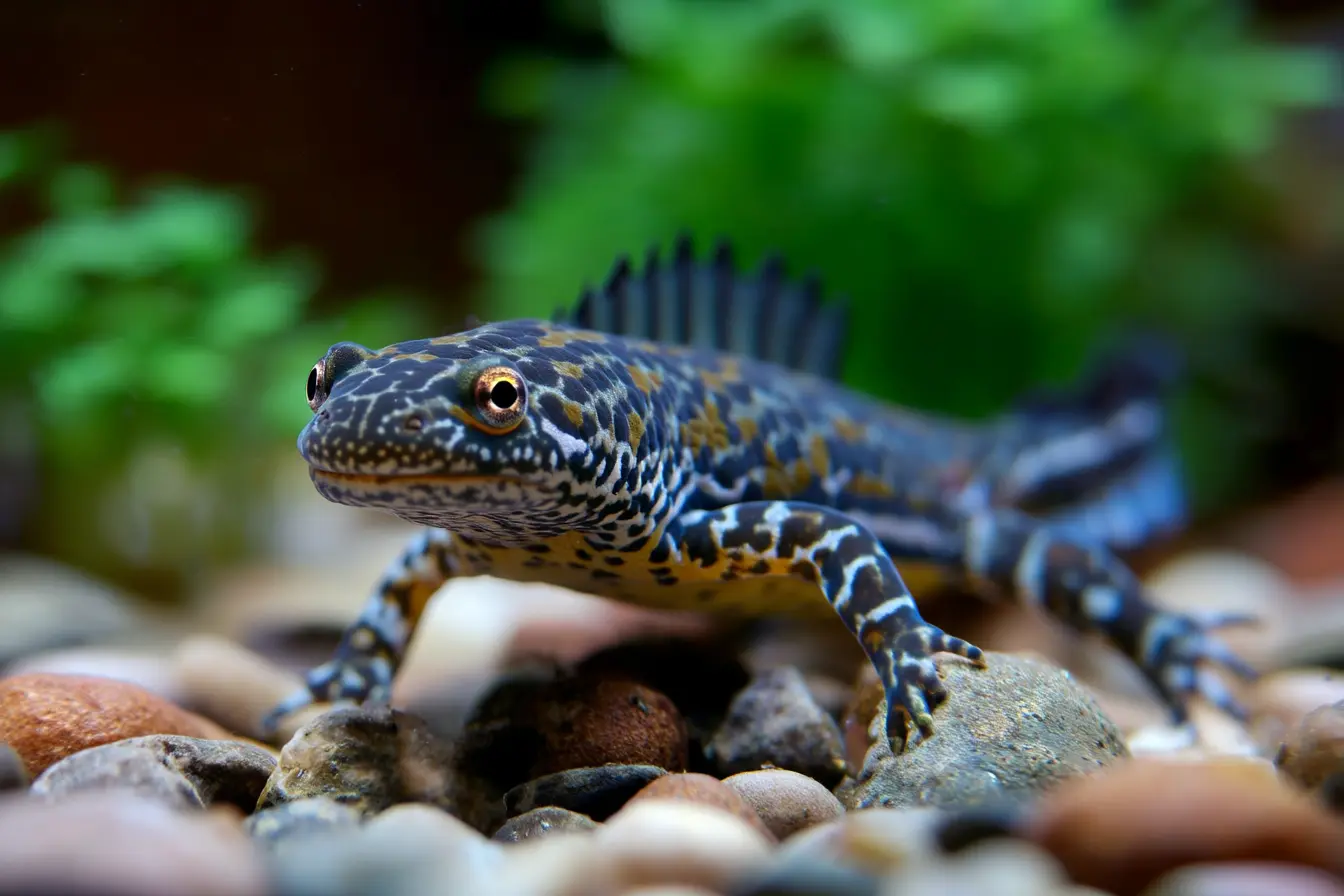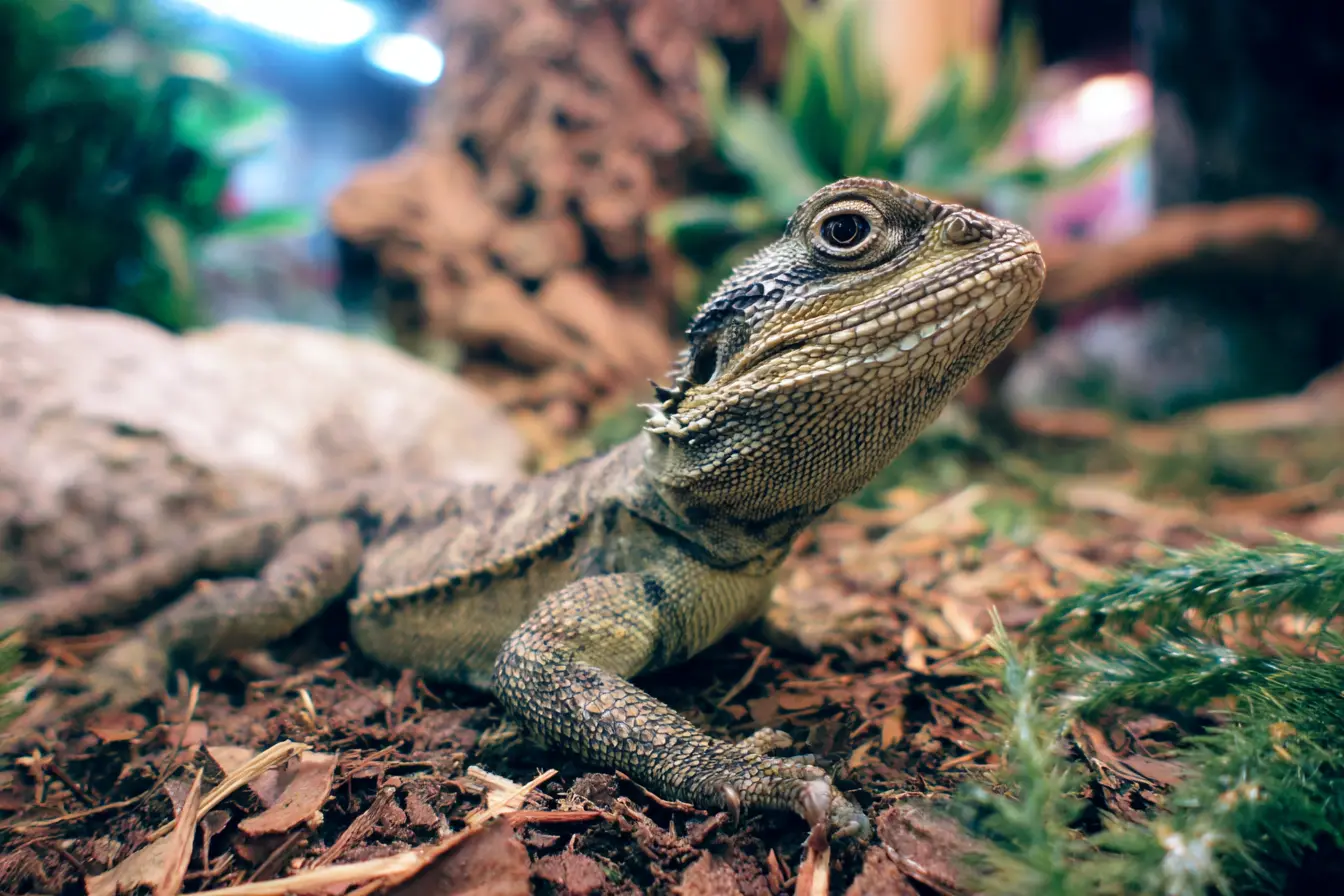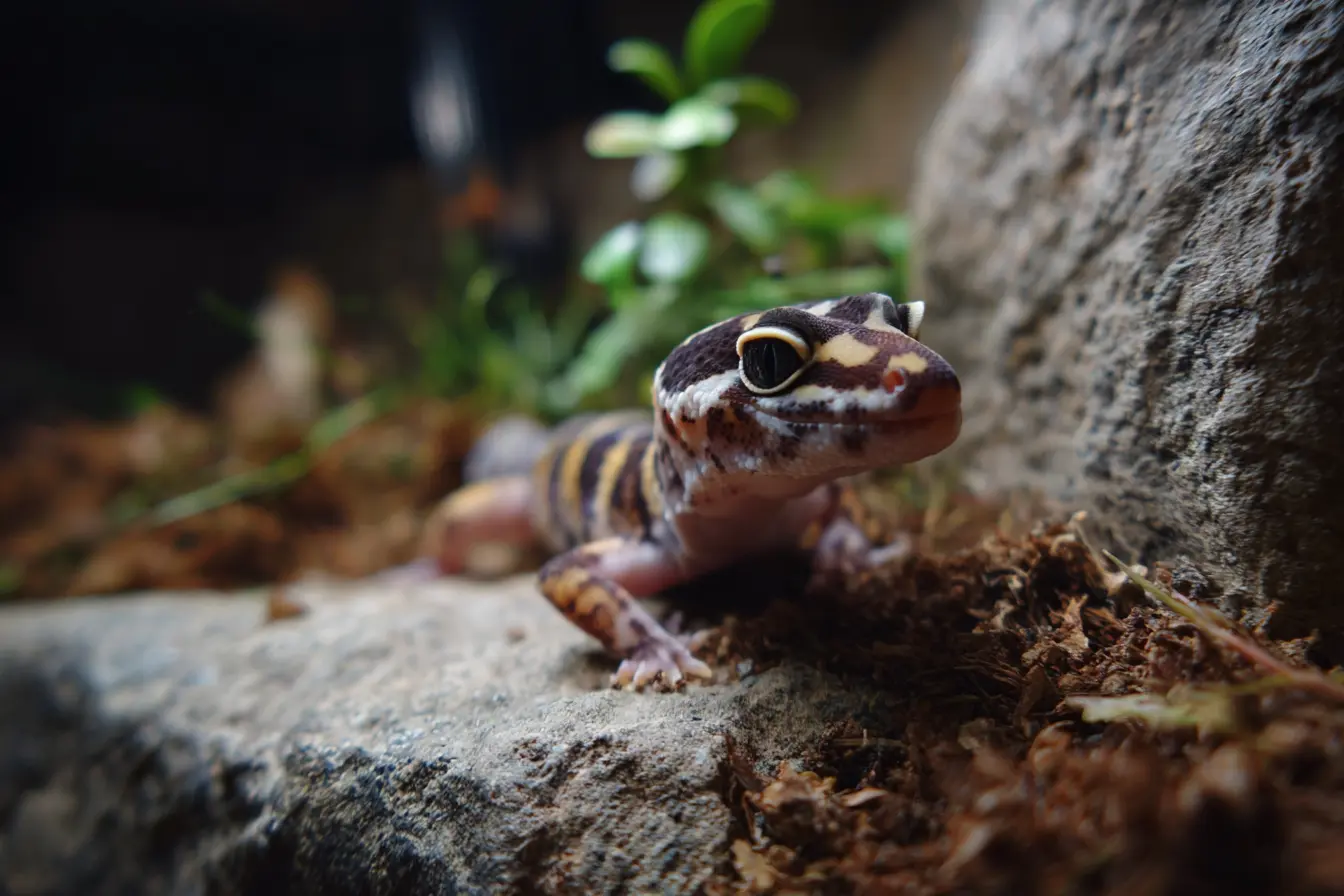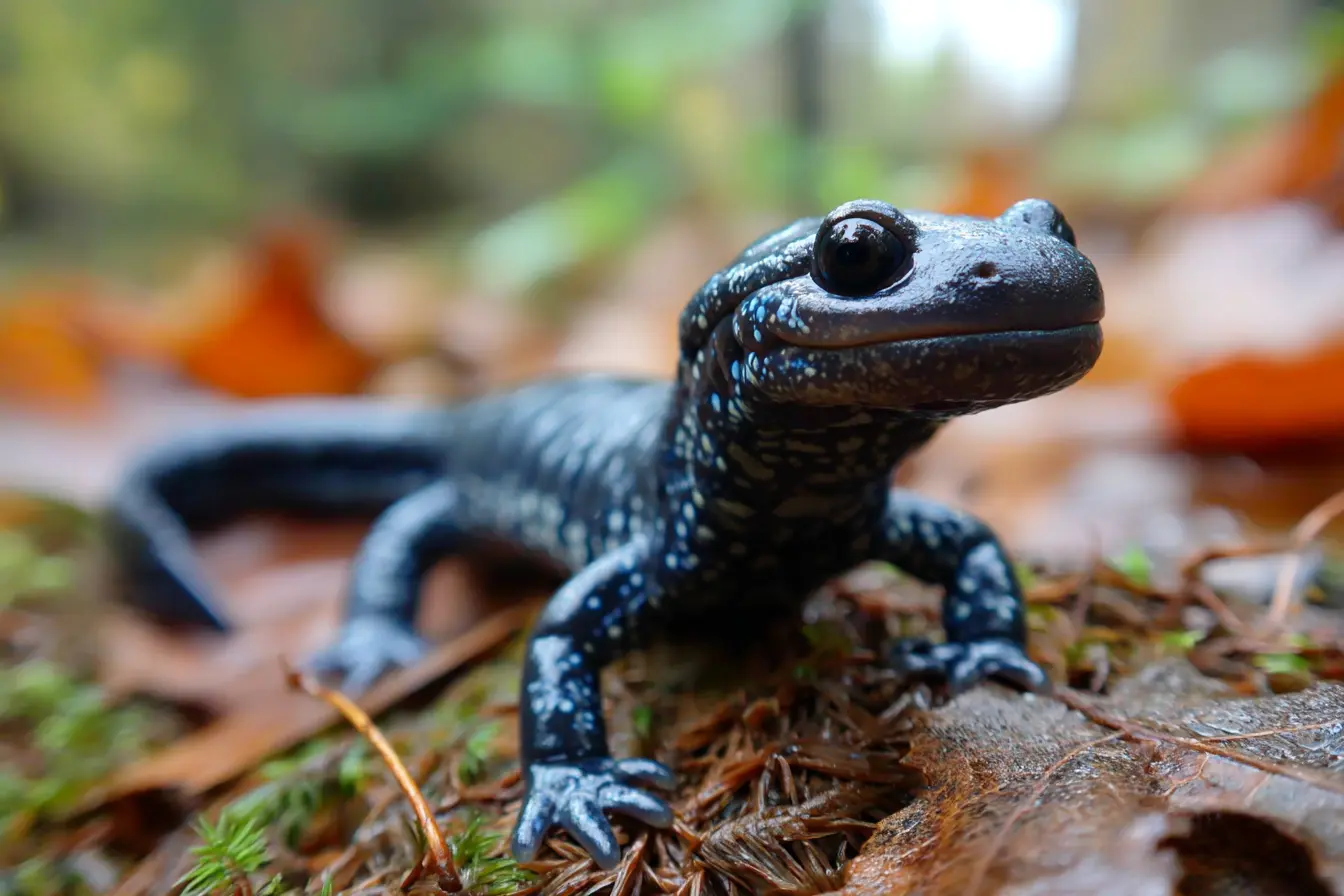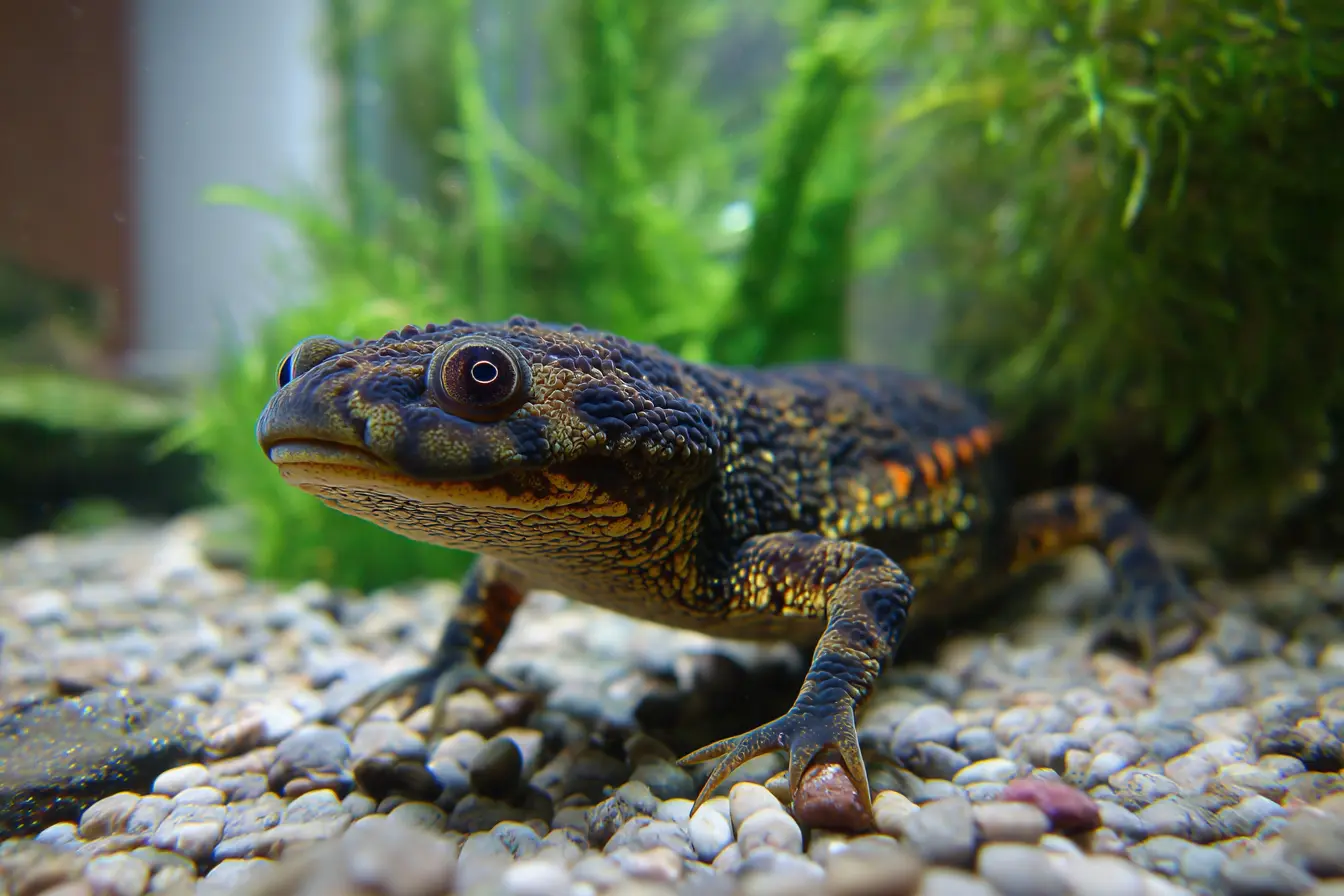
Keeping the Sharp-Ribbed Newt: A Comprehensive Guide
The sharp-ribbed newt (Pleurodeles waltl), also known as the Spanish ribbed newt, is a remarkable amphibian species native to the Iberian Peninsula and Morocco. Famous for its unique defensive behaviour—where the ribs can pierce through the skin to ward off predators—this hardy newt is a favourite among amphibian keepers. With its relatively large size, aquatic nature, and curious personality, the sharp-ribbed newt makes an engaging and rewarding pet for amphibian enthusiasts.
This comprehensive care guide covers everything you need to know about the sharp-ribbed newt, including its natural history, housing, diet, and health care.
Physical Characteristics
Size
- Adult sharp-ribbed newts typically reach lengths of 20–30 cm (8–12 inches), making them one of the largest newt species.
Lifespan
- With proper care, sharp-ribbed newts can live for 10–15 years in captivity, with some individuals reported to exceed 20 years.
Colouration and Skin Texture
- These newts are generally olive-green or grey-brown with small dark spots.
- The skin is relatively smooth with a slightly granular texture.
- The ribs are visible under the skin, particularly when the newt is threatened, giving the species its common name.
Sexual Dimorphism
- Males develop a more prominent cloaca during the breeding season.
- Females tend to be slightly larger and more robust overall.
Legal and Ethical Considerations
Sharp-ribbed newts are widely bred in captivity and are generally legal to keep in most regions. Nevertheless, it is always advisable to check local and national regulations before acquiring one.
Due to their ease of breeding, captive-bred individuals are readily available and should always be chosen over wild-caught specimens to support conservation efforts and ensure the health of your newt.
Housing and Enclosure Setup
Sharp-ribbed newts are fully aquatic as adults and thrive in a well-maintained aquarium environment.
Enclosure Size
- A single adult newt requires a minimum of 75 litres (20 gallons) of water.
- A group of newts should be housed in a 100-litre (25-gallon) or larger aquarium.
Substrate
- A bare-bottom tank or fine sand substrate is recommended for ease of cleaning and to prevent ingestion of substrate while feeding.
Hides and Decor
- Provide ample hiding spots using rocks, ceramic caves, or pieces of PVC tubing.
- Artificial or live aquatic plants can provide additional cover and enrichment.
- Floating plants can help diffuse light and offer more privacy.
Temperature and Water Quality
- Temperature: 18–22°C (64–72°F) is ideal; temperatures above 24°C (75°F) should be avoided to prevent heat stress.
- Water Quality:
- Use a gentle filter to maintain water cleanliness without creating a strong current.
- Perform regular partial water changes (20–30% weekly).
- Use dechlorinated water and monitor parameters to keep ammonia and nitrites at zero with low nitrates (<40 ppm).
Lighting
- No special lighting is required, though a low-level aquarium light can help maintain live plants.
- UVB lighting is optional but can support plant growth and overall enclosure health.
Diet and Feeding
Sharp-ribbed newts are voracious and opportunistic feeders, thriving on a varied diet of animal-based foods.
Suitable Food Items
- Earthworms
- Bloodworms
- Blackworms
- Chopped prawns or fish (avoid oily fish)
- Crickets and dubia roaches (pre-killed and fed with feeding tongs)
- High-quality sinking amphibian or carnivore pellets
Feeding Schedule
- Juveniles: Feed daily.
- Adults: Feed 3–4 times per week, offering enough food to be consumed within 15 minutes.
- Remove uneaten food to maintain water quality.
Supplementation
- Gut-loaded live feeders or a varied diet usually provide sufficient nutrition.
- Occasional vitamin and mineral supplementation is beneficial, particularly for breeding adults.
Behaviour and Handling
Sharp-ribbed newts are bold and interactive, often recognising their keeper and begging for food.
Behaviour
- Primarily aquatic and active throughout the day and night.
- Exhibit unique defensive behaviour by protruding their ribs through their skin when threatened—harmless to humans but fascinating to observe.
- Social and tolerant of conspecifics, making communal setups possible with adequate space.
Handling
- Handling should be avoided as much as possible due to their sensitive skin.
- Use a soft net or wet, gloved hands for transfers when necessary.
- Always wash hands before and after any contact.
Health and Common Problems
When cared for properly, sharp-ribbed newts are hardy, but certain health issues can still arise.
Common Health Issues
- Fungal Infections: Often caused by poor water quality or injuries.
- Bacterial Infections: Result from stress, overcrowding, or poor hygiene.
- Obesity: Can occur from overfeeding, especially with fatty foods like waxworms.
- Heat Stress: High temperatures can be fatal; always monitor the tank temperature.
Preventative Care
- Maintain excellent water quality with regular cleaning and filtration.
- Provide a varied diet to avoid nutritional deficiencies.
- Avoid sudden temperature changes.
- Quarantine new animals before introduction to the main tank.
Breeding Sharp-Ribbed Newts
Breeding sharp-ribbed newts in captivity is achievable with minimal intervention.
Breeding Triggers
- Simulating seasonal changes is not strictly necessary, though slightly lowering temperatures and increasing feeding can encourage breeding.
Reproduction
- Males court females by nudging and tail fanning before depositing spermatophores, which females pick up.
- Females lay eggs individually on plants or decorations, which can be collected and raised separately if desired.
Larval Care
- Eggs hatch in 10–15 days, with larvae becoming free-swimming shortly after.
- Feed larvae with live foods like baby brine shrimp or microworms.
- Larvae grow rapidly and remain aquatic, reducing the risk of escape or metamorphosis concerns.
Conclusion
The sharp-ribbed newt is a captivating, hardy amphibian ideal for both beginner and experienced amphibian keepers. Its aquatic lifestyle, impressive size, and interactive nature make it an exciting display species. With proper care, including cool, clean water, a protein-rich diet, and minimal handling, sharp-ribbed newts can thrive for many years in captivity.
Whether kept as a single individual or in a small group, these fascinating creatures offer a rewarding glimpse into the world of amphibians with their unique behaviour and manageable care requirements.
Related Vets
Vets near you
Speciality vets
- Aquatics vet specialists
- Birds vet specialists
- Camelids vet specialists
- Cats vet specialists
- Cattle vet specialists
- Deer vet specialists
- Dogs vet specialists
- Equines vet specialists
- Exotic vet specialists
- Goats vet specialists
- Pigs vet specialists
- Poultry vet specialists
- Sheep vet specialists
- Small Mammals vet specialists
- Wild vet specialists
